
Asking the right questions: Verifying root causes for better problem-solving
MJV helped a consumer goods company train its project managers in innovation methodologies.

MJV helped a consumer goods company train its project managers in innovation methodologies.

MJV was tasked with building an AI model to detect possible fraudulent account applications for the client’s Mobile Payment System.
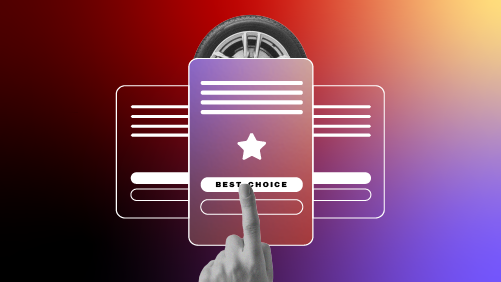
MJV helped Santander restructure its auto insurance services into a frictionless platform with a 100% digital contracting journey.

Adaptation of the ChatGPT tool for use in an educational environment, creating a virtual assistant integrated with the existing platform.

Pro-Natura was in search of a partner that could help them design and develop a digital tool that will support their successfully established sustainable development model: the Shared Value Platform (SVP).

Developing a tailor-made system for supply chain capacity and margin increasing, considering product plants, profitability, lead times, and freight costs.
We use Design Thinking, a creative approach for problem solving that involves ongoing experimentation throughout its four different phases: immersion, analysis, ideation and prototyping.
We apply the concepts of agile and lean to everything we do, not just software development. That allows us to work in a highly flexible and interactive manner, resulting in quicker deliveries and more assertive products.
We leverage technology for business transformation in all areas of a company fundamentally changing the mindset and how the entire system operates. We design, deliver, manage, and optimize user experience across every digital touchpoint.
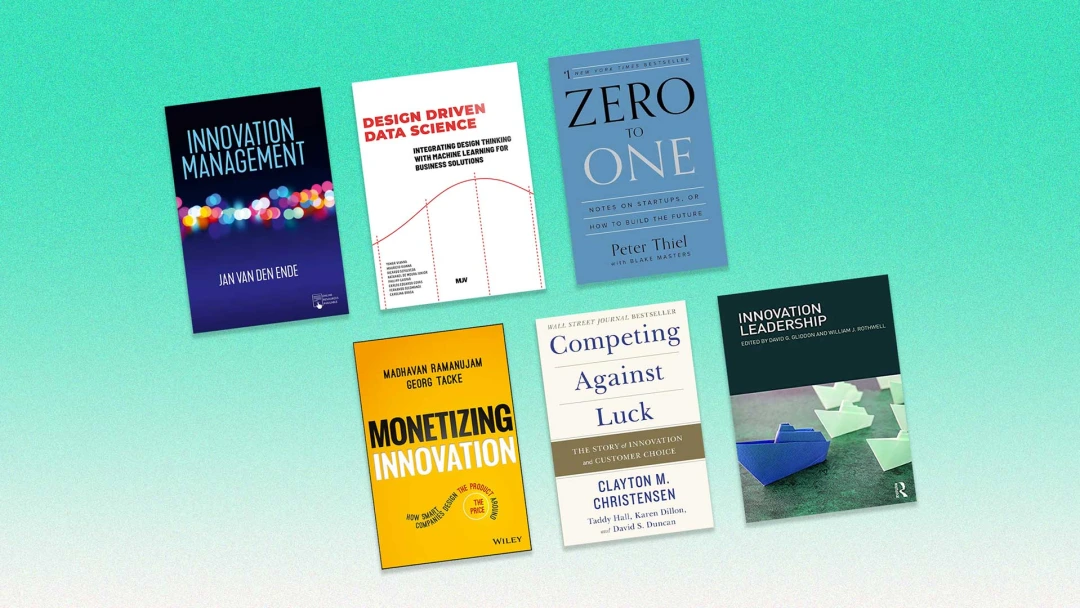
Essential reads to fuel innovation and stay ahead in 2024, where staying competitive as a CEO means embracing change and leading with cutting-edge strategies.

NRF 2024 is retail’s biggest show and an event that should be on every retail leader’s calendar. However, if you missed out on NRF 2024, you’ll still be able to access some of the most valuable insights from this year’s conference.
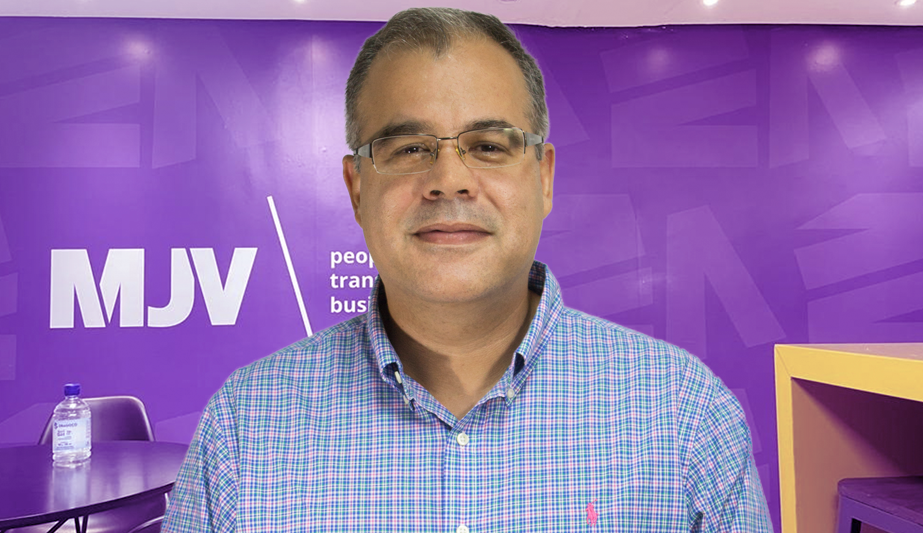
When the world’s biggest brands are facing a strategic challenge, whether it’s related to customer experience, tech innovation or even data science, they frequently turn to MJV Technology & Innovation, a global consulting firm that boasts a team of more than 1,200 experts and strategists spanning offices across the globe.

The new year ahead promises to be an interesting one for business leaders as disruption from advances in technology like AI also combine with potential economic uncertainty that will require nimble leadership and innovative strategy. Transformation is taking place across virtually every industry and paving the way for rapidly growing companies and emerging enterprises.

It’s official. We are in the fourth and final quarter of 2023. If you haven’t hit those goals and targets you had intended to this year, this is the time to start planning for 2024. If you want to grow your company in 2024, add reading to your plan.

Out in Miami for ITC LATAM 2023, we caught up with Mauricio Vianna, Partner/CEO of MJV Technology and Innovation, to learn more about the company and his field of work.

We here at MJV Technology & Innovation are very proud of the partnership we have built with Mendix. In order to commemorate this partnership, we proposed collaborating with Mendix to share insight on a topic that would be beneficial to its audience: the top 10 UX & UI best practices.

Technology continues to fundamentally disrupt how audiences consume news. Innovation will transform newsrooms and how media adapts to delivering content where and when consumers demand it. MJV Technology & Innovation advises the world’s largest companies on adapting to digital disruption. Their digital innovation team dove into how the future of media consumption is changing and how newsrooms can provide cutting-edge customer experiences. In this educational program, foreign correspondents learned about the top trends changing how news is consumed, threats and opportunities for media in the digital landscape, and how the newsroom of the future can innovate for today’s consumer.

Not all readers are leaders, but all leaders are readers” was first quoted by Harry Truman and the Truman Library Institute has President Truman’s recommended reading list to prove it. Though times may have changed since Truman shared his reading list, reading is still vital to becoming a better business leader. The following books will help you get started.

Over the past 20 years, online shopping has evolved from an anomaly to a tremendous force in the retail world. Using sites like Amazon and Wayfair, customers can purchase items they need quickly and easily and have them appear on their doorsteps in days.

The customer experience is inarguably essential for retail brands in terms of revenue growth and general stability. This is true whether a customer browses through a physical store location or an online site. The presentation of both can make or break how the brand is perceived to the customer, which means it could be the difference between making the sale or customers going elsewhere for their purchase.

Five technology and innovation companies will sponsor Retail Store Tours programs in four different New York City locations during NRF 2023: Retail’s Big Show. The five companies are Nisum, MJV Innovation, BEONTAG, Ichor and MetraLabs. Retail Store Tours is the official provider of store tours at the NRF 2023: Retail’s Big Show.

Digital is transforming everything about life worldwide, and the finance industry is no exception. Digital transformation has become a leading priority for financial institutions as they look to innovate to maintain relevance in a rapidly evolving market.

As a recession looms over the economy, business leaders are channeling significant energy into a strategy to recession-proof their business model.

Today’s most successful companies care about more than just their bottom lines. Sustainability and social responsibility are now top concerns, codified in the form of Environmental Social Governance (ESG) criteria.

Sustainability is no longer a nice-to-have option when running a business. Rather, it’s becoming an essential corporate responsibility and a smart business in its own right. For a business setting out to develop a sustainability strategy or even define sustainability goals specific to their business, it can nonetheless be intimidating.

Building a global organization from the ground up is a dream of many entrepreneurs. Furthermore, doing it while working with some of the world’s largest Fortune 500 brands is what inspires many founders to launch their own company in pursuit of building a legacy. That is exactly what Mauricio Vianna did when he founded MJV Innovation, a consulting firm that advises brands like Coca-Cola, Delta, BNP Paribas, Cartier and more on strategies for business transformation, design thinking and digital innovation.

So many companies have undergone a significant digital transformation over the past two years. For starters, they now need to support shifts in remote work, automation, and even how and where customers interactions happen. As a result, the IT infrastructure of America’s companies is under more strain than ever. This has kicked off a cloud migration boom and accompanying data modernization efforts.

As global competition increases and technology creates opportunities for disruptive customer experiences, brand managers at the world’s top companies are leaning more on design thinking than ever before to maintain industry leadership. Below, we will explore this strategy and outline how it can be deployed to create great customer experiences.

Design thinking is at the forefront of innovation. It’s an approach that’s been used by some of the biggest names in technology and software development, including Google, Meta (formerly Facebook), Apple, Samsung, Amazon, and more. Professors at top universities and institutions like MIT and Harvard teach this core principle, as well.

The term “customer journey” refers to the sum of all of the interactions that a customer goes through as they engage with a brand. It starts with discovery elements such as interest, awareness, and research. It also includes the critical stage of conversion as well as the post-purchase customer experience.

As the demand for digital transformation among companies across all sectors continues to accelerate, data science has quickly become one of the fastest-growing career fields. Never was this more true than during the pandemic as firms looked to automation and technology to enable employees to work remotely from around the world. As such, the demand for data scientists has far outpaced the talent available. But this skills gap could potentially be resolved by helping more individuals find an accessible path into working at the highest echelons of the technology industry, especially those making a shift to a second or third career.

The increasing use of big data in the digital age has brought sweeping changes to many aspects of life, from retail to data storage to logistics.
Many of these changes have been accelerated by the COVID-19 pandemic, which has forced a lot of daily life to migrate online. The insurance industry has not been immune from these seismic shifts.

Mauricio Vianna is the CEO of MJV Technology & Innovation, a global consulting firm advising the world’s largest companies on data strategy, business transformation, and design thinking. Their clients include Coca-Cola, BNP Paribas, Delta, and more.
Despite the widespread application of analytics dashboards and data-driven KPIs across the C-suite, most senior marketing teams are utilizing data primarily for backward-looking analysis to measure performance rather than building analytics dashboards that drive future initiatives and planning. For that reason, the majority of brands actually underutilize data that they already have at their fingertips.

Customer experience is a complex relationship between your company and your customers. The most successful companies out there are defined by the customer experience that they offer.
For an approach to be effective, a company must take care to account for every element of the customer experience. There is a synergy between these different elements. When things are done correctly, it can lead to the long-lasting and beneficial customer relationships that your company needs to succeed.
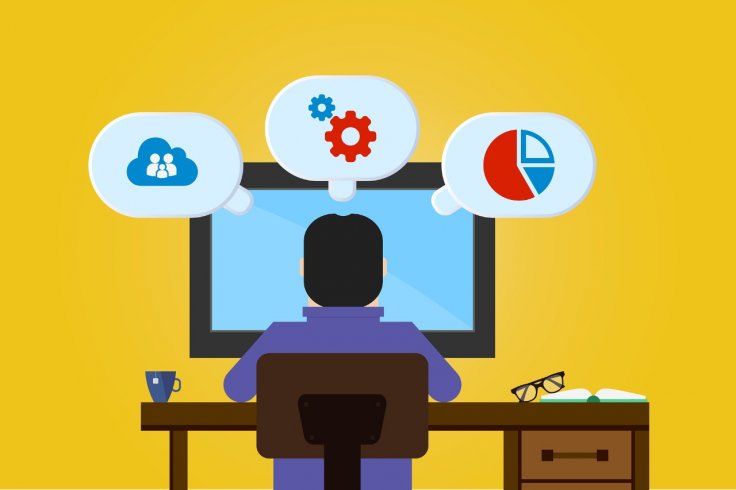
It’s common for many companies to struggle with striking a balance between the technical aspects and limitations of software development and also ensuring an optimal user experience. Doing so requires development teams to view the project through the lens of the end user of the software and their human experience when using the product.

Without a doubt, the past 18 months have created some intense challenges as well as opportunities in the eCommerce space. How should brands allocate resources and reprioritize their strategies now that the Covid-19 pandemic appears to be winding down?

The transgender population worldwide is one of the most underserved in the health insurance marketplace. Trans individuals face a number of barriers to receiving full healthcare coverage and the impacts are far-reaching. In the United States there are 30 states that still allow health plans to exclude trans-related care from coverage. However, there are many studies showing that gender dysphoria that is untreated can lead to a wide range of health issues, including depression, drug abuse and suicide.

Have your buying habits changed much in the past year? Odds are good they have. According to a recent report on global retail digital transformation trends, the retail industry has experienced rapid changes like no other. Plenty of consumers are hanging onto online buying habits they developed while their movements were restricted during the Covid-19 pandemic.

As data continually shows consumers making their purchase decisions through the lens of brands that they feel align with their values as well as practice those values in society, boardrooms are increasingly focused on the impact of their environmental, social and corporate governance initiatives, known as “ESG”. While steadily building momentum over the past several years, the tumult of 2020 including the pandemic and widespread civil unrest and political division have brought ESG initiatives to the forefront of decision-making in the c-suite. Corporate responsibility has gained a seat at the table that sees its central involvement in key organizational decisions more than it ever has before.
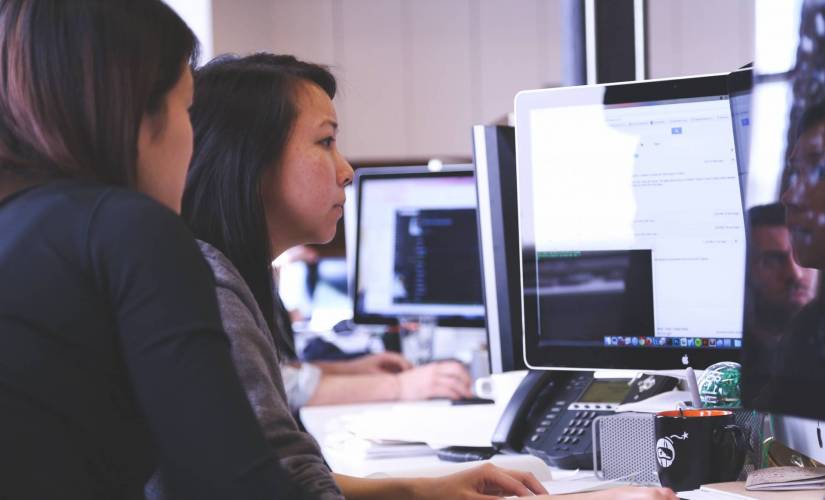
The Covid-19 pandemic has brought about two simultaneous but seemingly paradoxical trends: remote work and deglobalization. Leaders trust their team members to deliver from afar, but they’re not so confident these days in global supply chains.

At the beginning of 2020, the majority of corporations likely had their plans decided for the year. Innovation schedules, new product development timetables, product launches—all were marked out in the calendar and waiting in the wings.

If you ask leading consulting firm MJV Technology & Innovation about the new normal, they’ll tell you one thing for certain—every aspect of life is now open for discussion and businesses need to innovate to adapt. That’s the only certainty we can truly rely on. The year 2020 has been anything but normal, in fact, […]

Society’s new normal caught most businesses flat-footed six months ago as the COVID-19 pandemic accelerated years (perhaps even decades) of change into just a few short months. While some were better positioned to adapt based on the industry they were in and other unique variables, all were still impacted by the unplanned implications of remote work, interrupted supply chains and vast changes in how to serve consumers (contactless delivery, for example). In fact, the tumult of the pandemic exposed many vulnerabilities in global commerce that brands are now scrambling to shore up not just in addressing the 2020 pandemic but also to prepare for future crises.

For decades, business leaders have sought to break unproductive habits within organizations that hinder productivity and innovation. This gave rise to the field of business transformation, which has seen countless transformations of its own.
While a number of methodologies and strategies exist to provide a framework for business transformation, there are two that our own firm has found to provide the most significant and sustainable impact for organizations across industries, geographic regions and sizes. These are the business transformation frameworks known as U Theory and the Dramatic Arch.